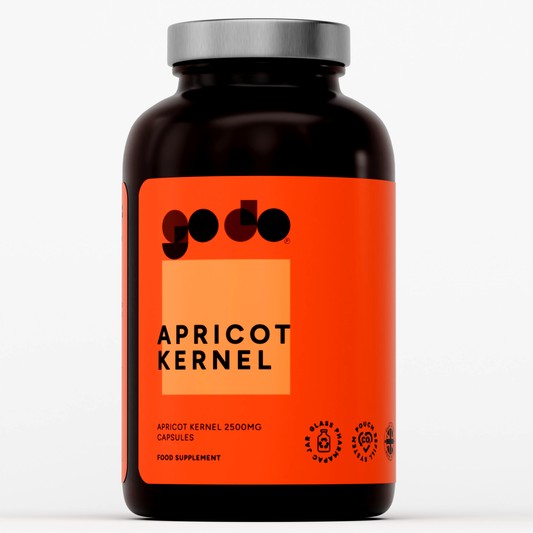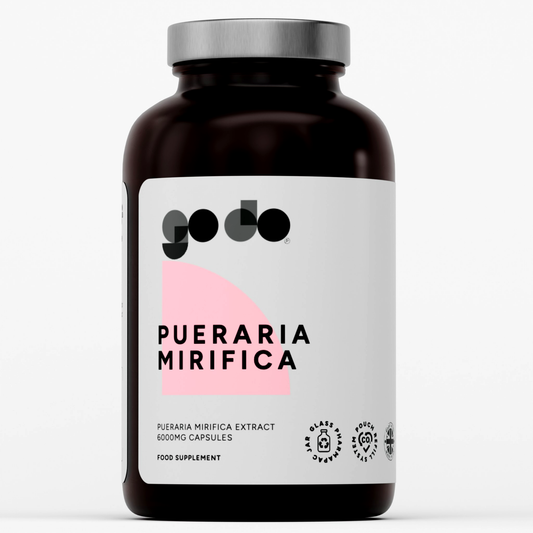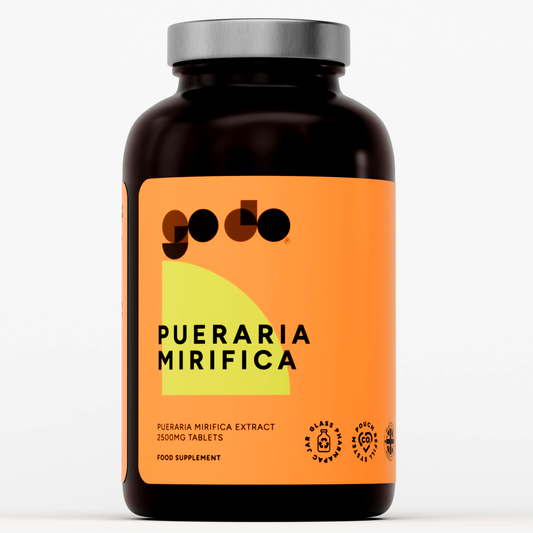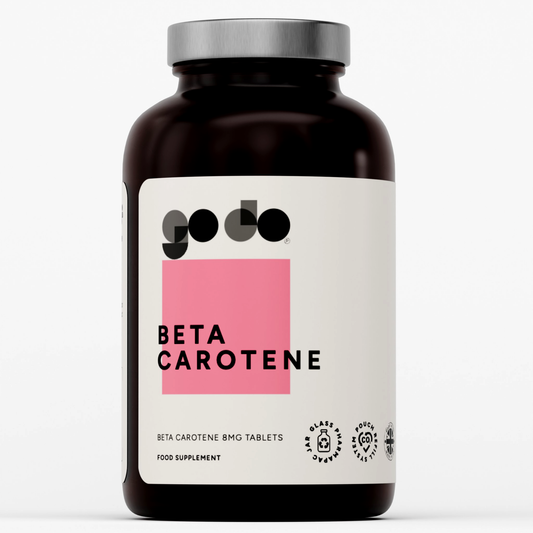
Created in 1972, the Atkins diet is a low-carbohydrate diet promoted by Robert Atkins from a research paper he read in the Journal of the American Medical Association published by Dr. Alfred W. Pennington, titled "WEIGHT REDUCTION", published in 1958. The Atkins diet consists of four phases: phase one, inductions; phase two, ongoing weight loss; phases three, pre-maintenance; and phase four lifetime maintenance.
Phase once is a fourteen day introduction phase that involves eating very few carbohydrates, especially bread, fruit, grains, pasta, and starchy vegetables. The purpose of this is to accustom the body to burn fat instead of carbs.
Phase two is when more carbs are allowed; this is about five grams of carbs a week. The Atkins diet calls this the “carb latter”. The first step is increasing the amount of vegetables in your diet, and then fresh cheeses. Step three through nine allow you to add seeds, nuts, legumes, fruits, starchy vegetables, and finally whole grains.
The third phase, pre- maintenance, increases carb consumption to ten more grams per week by eating foods of Atkins’s “Power of Ten” list. You should be losing about a pound of body weight per week in phase three. Phase three lasts until you reach your ideal weight.
The final phase of the Atkins diet lasts three months and sets you up for life. It involves never exceeding your Critical Carbohydrate Level for Maintenance (CCLM). Your CCLM level is the amount of carbs you can eat per week without gaining weight.
The Atkins diet is a very popular and successful diet. It allows you to eat “cheat foods” but requires you to count carbs every single day, which can be a turn off to some people. Like any diet, the Atkins diet takes a lot of effort at first to make it work. The work pays off when you start seeing results and the Atkins diet becomes a lifestyle.








